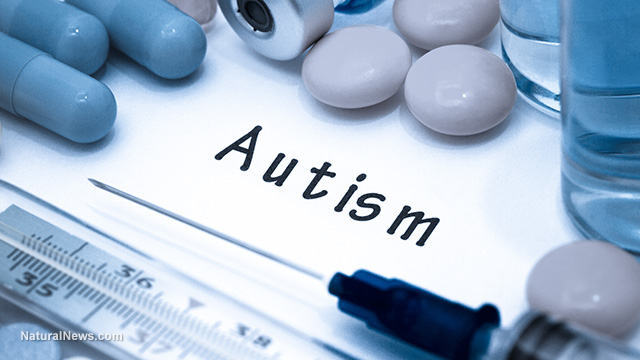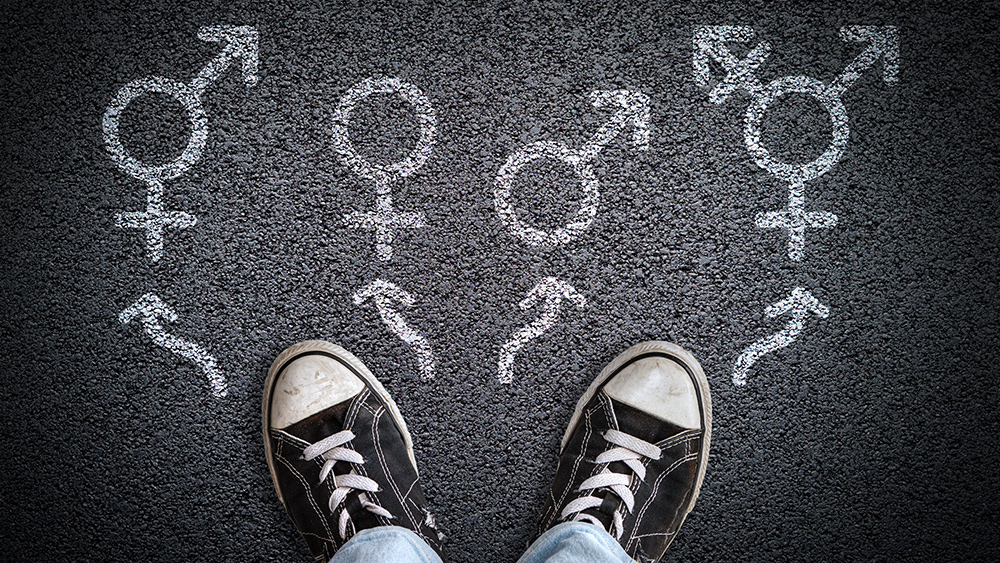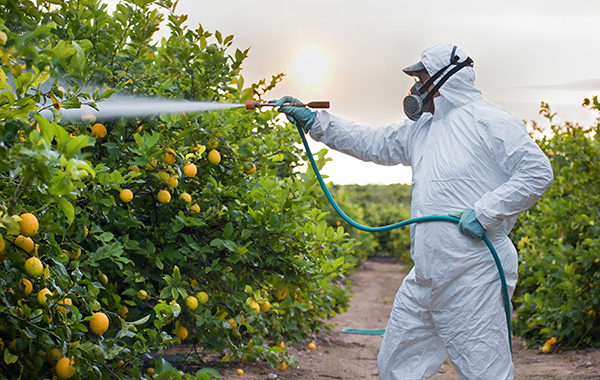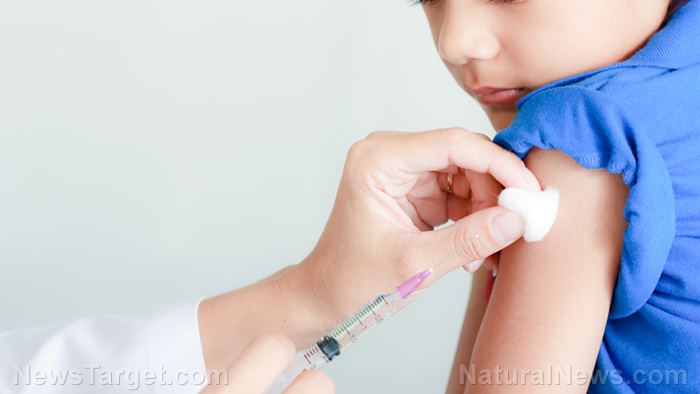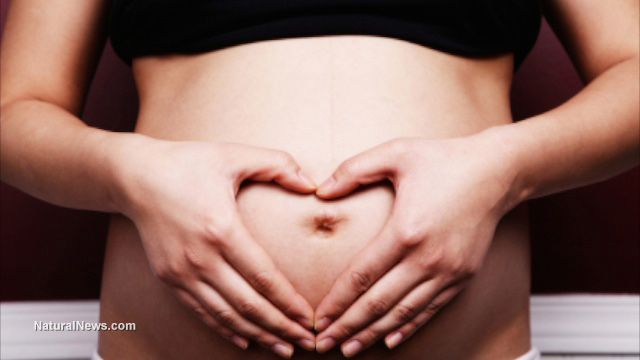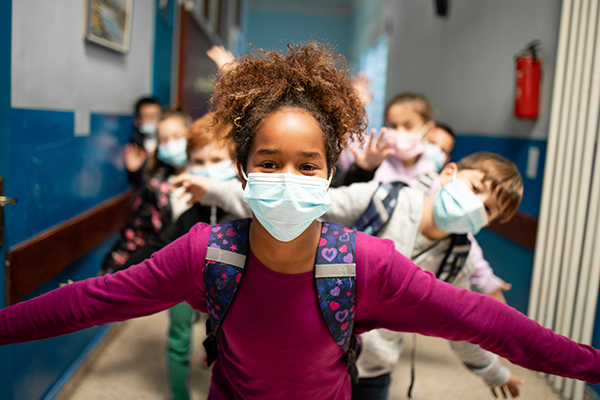STUDY: Autism diagnosis rates have tripled in the last decade
11/08/2024 / By Laura Harris
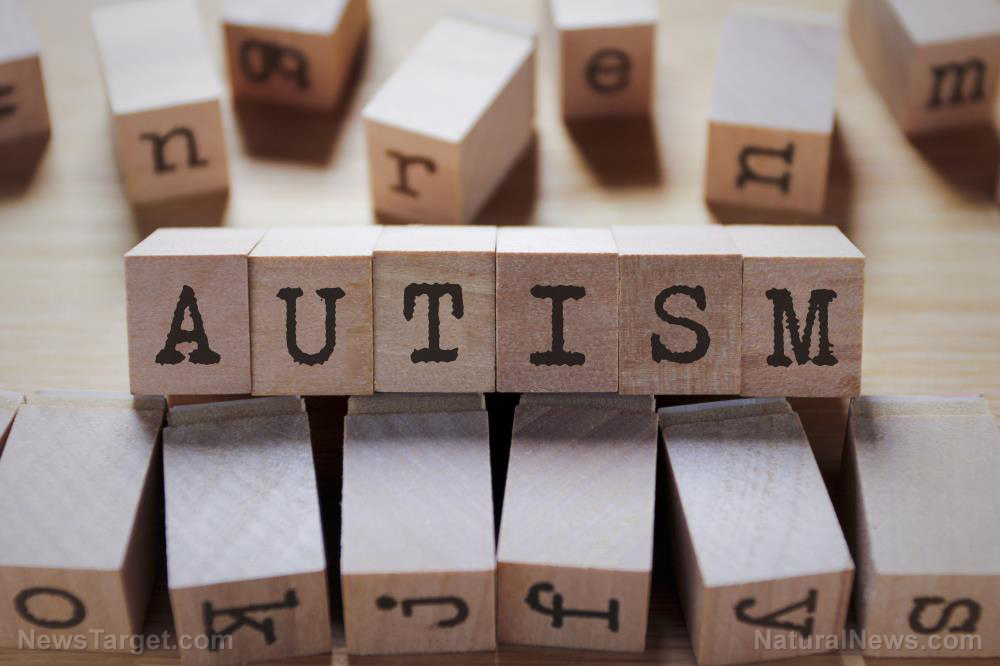
A comprehensive study published in the journal JAMA Network Open has revealed that the number of children and adults diagnosed with autism spectrum disorder (ASD) across the United States has increased by 175 percent in the last decade.
The study, which analyzed electronic health records and insurance claims data from over 12.2 million patients enrolled in major U.S. healthcare systems from 2011 to 2022, found that autism diagnoses among children ages five to eight rose significantly from 2.3 per 1,000 in 2011 to 6.3 in 2022.
Autism has traditionally affected more boys than girls, but based on the results, the “gender gap” in autism diagnoses is narrowing.
The largest increase in diagnoses was reported among young adults, women and girls. New autism diagnoses in girls rose by 305 percent, while diagnoses for boys only rose by 185 percent. In adult women, there was a 315 percent increase, compared to a 215 percent rise in men. The increase was notable in adults ages 26 to 34, with a 450 percent increase in diagnoses.
The study also stressed racial disparities in autism diagnoses as rates were highest among indigenous populations, with notable spikes in diagnoses among Black, Asian, American Indian/Alaska Native and Hispanic children compared to white children. (Related: Autism rates in the US on the rise; California seeing record numbers.)
Meanwhile, autism diagnoses dropped during the onset of the Wuhan coronavirus (COVID-19) pandemic in 2020, a trend the authors attributed to healthcare service disruptions. But the rates rebounded in 2021 and 2022, exceeding pre-pandemic levels.
In line with this, lead researcher Luke Grosvenor of Kaiser Permanente said: “The improvement and expansion of universal developmental screening likely accounts for some of the increase in diagnosis rates we found in this study. The magnitude of the rate increases and variability by age, gender, race and ethnicity suggests factors other than improved screening are also contributing to the rate increases.”
Prenatal exposure to BPA linked to autism
Aside from enhanced screening processes, greater awareness and broadened diagnostic criteria, recent studies also suggest that certain environmental and biological factors may play a role in the uptick.
An Australian study published in Nature Communications found that high level of exposure to bisphenol A (BPA), a common plastic chemical, during pregnancy was linked to substantial increase in autism symptoms among boys. BPA is widely used in food packaging, cosmetics and paper receipts.
The study examined nearly 1,800 children and focused on two cohorts of mothers and children, one from Geelong, Australia and the other from New York. In the Australian cohort, researchers identified that boys born to mothers with higher BPA levels in their urine were over three times more likely to show autism symptoms by age two and six times more likely to be diagnosed by age 11 compared to those with lower BPA exposure.
“Exposure to plastic chemicals during pregnancy has already been shown in some studies to be associated with subsequent autism in offspring,” said Professor Anne-Louise Ponsonby, a co-author of the study. “Our work is important because it demonstrates one of the biological mechanisms potentially involved. BPA can disrupt hormone-controlled male fetal brain development in several ways, including silencing a key enzyme, aromatase, that controls neurohormones and is especially important in fetal male brain development.”
Ponsonby also noted that autism is a multifactorial condition and that BPA is just a single possible contributing factor.
This claim was supported by a 2021 review wherein individuals born prematurely had a 3.3 times higher likelihood of having autism compared to those born at full term. Premature babies face increased risks of birth complications and inflammation, factors that have been linked to autism.
Watch this video about the “2nd Brighteon Autism Conference Spring 2023: End The Autism Epidemic.”
This video is from the BrighteonTV channel on Brighteon.com.
More related stories:
Acetaminophen is unsafe for kids at any dose because it can cause AUTISM, review finds.
Autism expert Kerri Rivera explains mechanism behind chlorine dioxide.
Autism symptoms may be reduced by therapeutic scalp acupuncture, researchers find.
Sources include:
Submit a correction >>
Tagged Under:
autism, BPA, brain damaged, brain function, brain health, children's health, discoveries, health science, infant's health, mind, mind body science, plastic chemicals, poison, real investigations, research, toxic chemicals, toxins, women's health
This article may contain statements that reflect the opinion of the author
RECENT NEWS & ARTICLES
COPYRIGHT © 2017 AUTISM TRUTH NEWS






